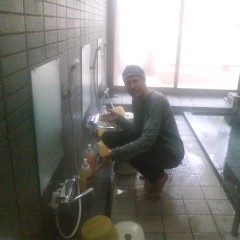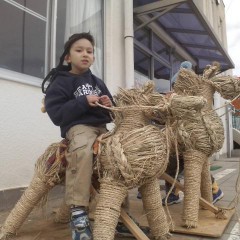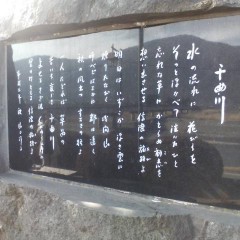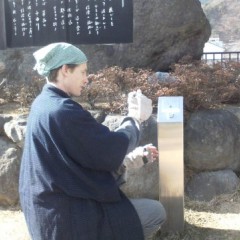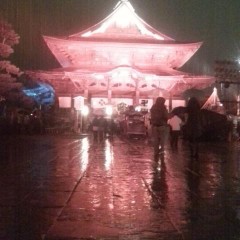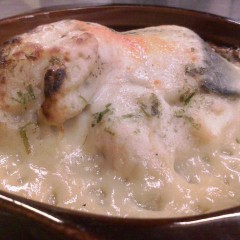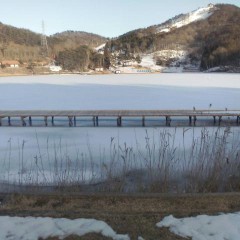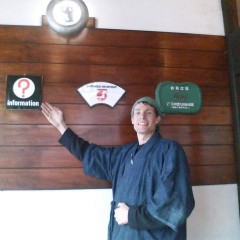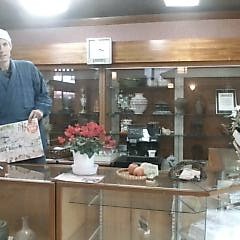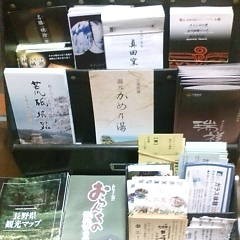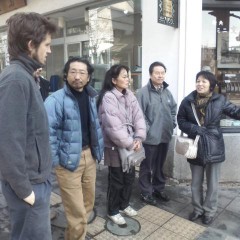
Masuo-san filling us in on Zenkoji's stories
夕べのテレビ及び今日の新聞で載っていましたが、善光寺の徳行坊が外国人観光客向きの体験コースを立ち上がりました。今日は長野インバウンドサミット関係の仲間とその体験を、体験(?)しました。
まずは権堂の着物屋さん、つづきや、で本来なら女性のお客さんが着物を着てみる。男性も袴を着れるらしいです。そして、着物のままで善光寺でお参りをする。着物が善光寺の町と似合います。その石畳の通りと周りの伝統的な建築の中で着物がいい風に目立ちます。回りの日本人が改めて着物の良さを気付くようです。
善光寺参りはプロの英語のガイドにて、どうしてここでこんなに凄いお寺があるか、親切に説明してくれます。今日、私たちにガイドしてくれたのは徳行坊の増尾さんでした。善光寺のガイドの資格もちゃんと取っています。
次はとく行坊に移って、着物のままで茶道。そして着替えて、精進料理。最後はお寺に移って、座禅というプログラムです。
徳行坊は積極的に外国人が善光寺を理解して、尚且つ日本の文化と触れ合えるように頑張っていますので亀清旅館も応援しています!
As seen on local TV yesterday, and in the local newspapers today, one of the shukubou's of Zenkoji Temple in Nagano City, Tokugyoubou, has started a new program to introduce Japan's culture and tradition to foreigners.
Some of the Nagano Inbound Summit participants and I went to Zenkoji today to "experience" the new Experience Tour. We started out at Tuzukiya, a kimono shop in Gondo, Nagano's main shopping arcade.
There, female guests would be able to try on a kimono. Guys, too, could wear a 'hakama'. Japanese clothing traditionally only comes in M and L sizes, so unfortunately none would work for me.
While still wearing the kimono, the group then would proceed to Zenkoji Temple. The kimonos fit right in to the neighborhood's traditional feel, with the cobblestone streets and traditional architecture. And they also serve to remind regular Japanese how beautiful kimonos are.
With this program, an officially licensed English-speaking guide accompanies the group and explains why exactly such a huge temple is located way out here in Nagano City. The temple is full of history and lore, and Masuo-san, our guide today, can gladly explain it all.
After visiting the temple, the group returns to Tokugyoubou for a traditional tea ceremony, all while still wearing kimonos. Then everyone changes back into their regular clothes and partakes in a shojin-ryouri lunch, the traditional Buddhist vegetarian cuisine. That is followed by a trip to a side temple for zazen meditation.
Tokugyoubou is making a great effort to bring Japan's rich culture and Zenkoji's history and tradition to foreigners. We here at Kamesei applaud their efforts.
LINKS
徳行坊Tokugyoubou
つづきや着物 Tsuzukiya Kimonos
ガイド増尾さんMasuo-san the Guide
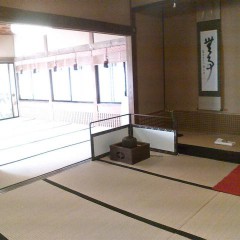
tea ceremony setting
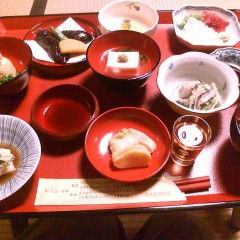
Buddhis Vegetarian Meal
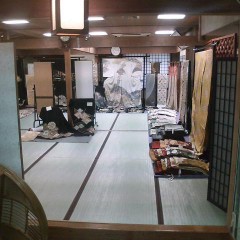
Kimono Shop
